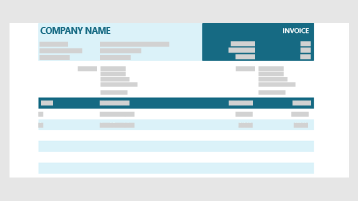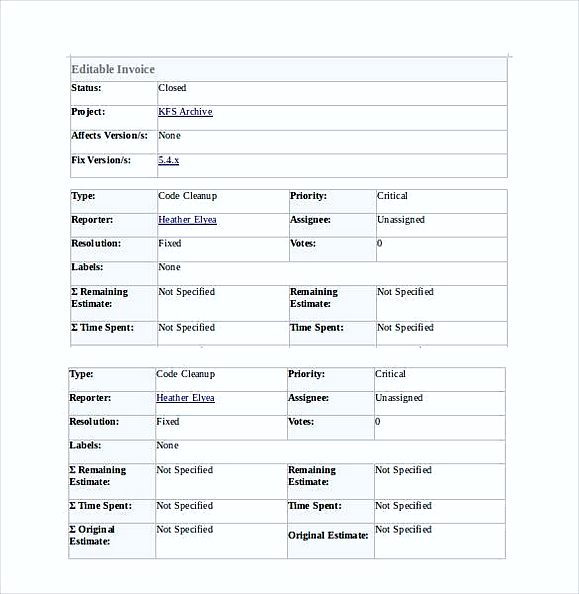

We find that emailing an invoice is preferable to posting out the printed copy. Finding an invoice that is being queried is then a breeze. You can then have one single folder on your hard drive that contains all invoices. My own preferred method is to use a global number that increments each time, that isn’t customer specific. This means that if a customer rings up with an invoice query, you can locate their invoice quickly and easily. The most important thing to remember is that the invoice name/number needs to be unique. The numbers would be the same (001) but the customer portion of the invoice name would change. On the other hand, for method 2 you would send invoices jenk001, allsop001, and microsoft001, for example. For method 1, you would send out invoice 1 to customer Jenkins Ltd, invoice 2 to customer Allsop & Sons and invoice 3 to Microsoft Partners Inc. You can use either 1) a “global” number that increments for each invoice, regardless of the customer it’s destined for, or 2) a combination of the customer name and a “local” sequential number. Imagine that you have multiple customers that you send invoices out to. You need a way to uniquely identify the invoices you send out. That will remove all the borders from the table. Then click on the Design tab > Borders (in the Table Styles group) > No Border. The Table Tools tab will appear in the ribbon.Ĭlick on the Layout tab within and click Select (over on the left) > Select Table. In our example, we want to remove all borders from the table, so place the cursor anywhere in the table. You can actually remove borders from table cells, table rows, or from the whole table. In an invoice, sometime it’s desirable to remove table borders. The invoice template provided below uses one table to present the header information (who sent the invoice and who received it) and another table to present the detail information (what is being paid for).ĭon’t worry about the lines that separate each cell because we can easily make them disappear: Removing Table Borders You can even use several tables in the same invoice to lay out the information. Tables offer a way to separate and compartmentalise the different elements that comprise an invoice. Many people like to lay out their invoices using tables.
#INVOICE TEMPLATE MICROSOFT WORD EDITABLE HOW TO#
We simply typed in the word “invoice”, and closed down the header editing pane (learn how to insert a header in your Word document).

To start a header from scratch (recommended), use the Blank option. To do so yourself, go to the Insert tab and click on Header (in the Header & Footer group). In the example Word invoice below, we’ve put the invoice title in the header. payment must be made within 30 days, payment method etc.)

The customer needs to know what the invoice covers, and it will help with your admin too an itemised list of products or services that the customer is paying for.A sequential number should suffice so that the first invoice is 1 and subsequent ones are 2, 3, 4 etc. There needs to be a way to differentiate the invoices you send out. The recipient needs to know that it’s an invoice they are looking at. A table will suffice in our example – see below. a way to structure the layout of the invoice.When creating your own invoice in Word there are several things that you will probably need: You will find below an example Word invoice template you can download. Doing so will sometimes cost you more time than starting from scratch! Additionally, some invoice templates include fancy graphics that are unnecessary and inappropriate. Invariably you will find yourself deleting elements from the document and having to restructure it. You could take advantage of Word templates, however, many invoice templates are overly complicated and don’t give you what you need. After you’ve sent out your first invoice, and seen it paid, you will feel more confident, and then the act of creating invoices will be consigned to the category of things I worried about needlessly. However, it’s easier than you think to create an invoice in Word. One of the most confusing challenges that individuals and new business owners face is how to invoice their customers.


 0 kommentar(er)
0 kommentar(er)
